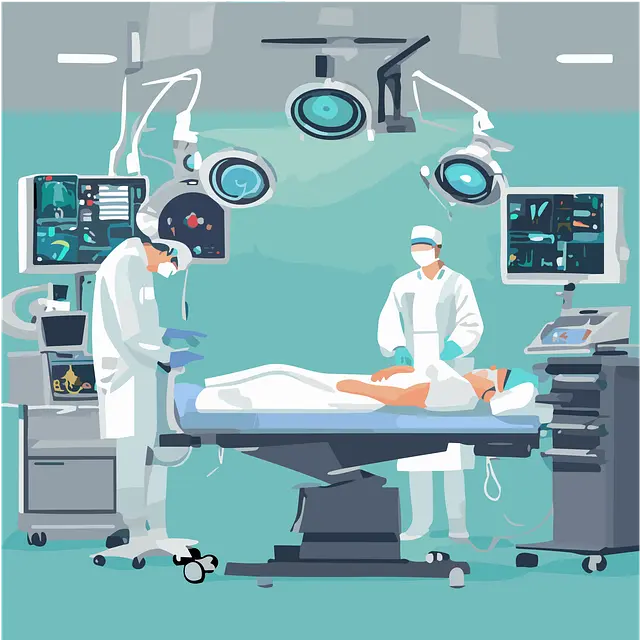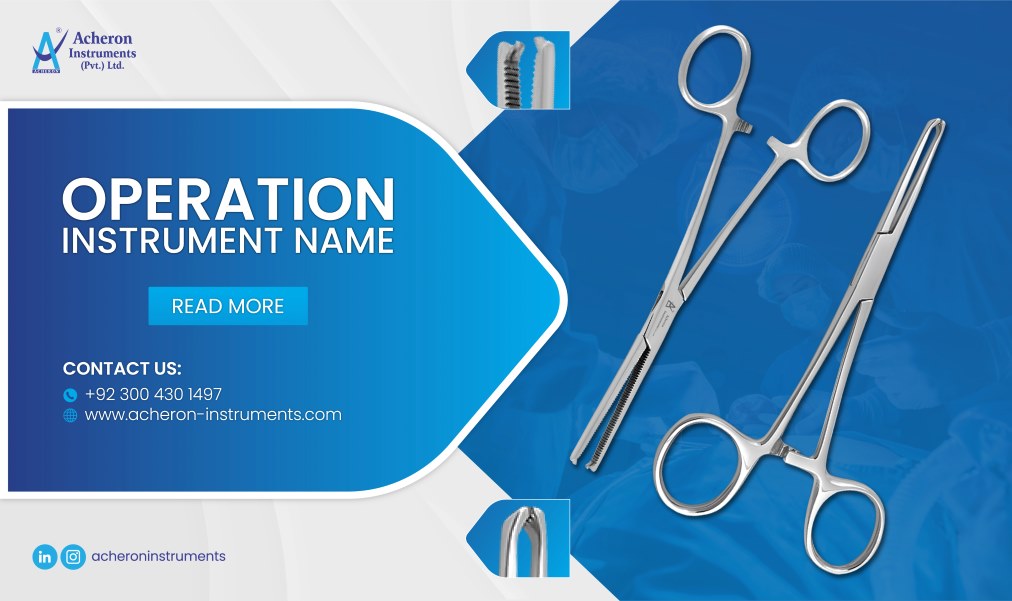What are the disadvantages of robotic knee surgery? For many years, robotic technologies have been revolutionizing medical procedures and transforming healthcare departments. Today, robotic technology has also made far-reaching changes in knee replacement surgeries. This advancement is often declared as one of the biggest revolutions in the field of orthopedic surgery. But, have you ever thought if the hype is worth trying or recommending to your loved ones? Is this revolutionized robotic knee replacement surgery more effective than the traditional methods? Are there any risks associated with this surgery you need to know before considering getting it done? In this blog, we are going to explore what are the disadvantages of robotic knee surgery.
Apart from the fact that robotics have revolutionized the way we live, there are certain aspects that must not be run on them. There are certain healthcare scenarios that require creative problem-solving and quick adaptation, which may be challenging for some robotic systems. Talking of robotic knee replacement surgery/knee arthroplasty and the advantages/disadvantages associated with this surgery. Let’s first talk about robotic knee surgery.
What is robotic knee surgery?
Does the word “robotic” confuse you as if a robotic arm is going to perform the surgery independently? Well, the answer is “no”. Basically, it is robot-assisted surgery that orthopedic surgeons use for total knee replacement. A robotic arm assists orthopedic surgeons during the procedure to enable planning, precise positioning, and alignment. Despite the fact that it seems promising especially when it comes to people with mid to late-stage knee osteoarthritis, there are certain risk factors and disadvantages associated with this surgical intervention.
Disadvantages of a robotic knee surgery
There are pros/cons of every technological advancement. However, there are certain cons of this robotic assistance that you must not ignore:
Cost factor
One of the primary drawbacks of robotic knee surgery is the significant cost associated with the technology. There is a substantial financial investment in the installation, maintenance, and operation of robotic systems. Apart from these, training of the staff, the need for high-quality inputs, supporting resources, and maintenance, all these factors add up to the overall cost. Also, getting a robotic knee involves healthcare institutions spending a lot of money.
Moreover, buying and taking care of the robotic equipment makes the whole process expensive. Plus, surgeons and their teams need special training to use the technology. Therefore, because of the high initial, as well as ongoing costs, not all healthcare places, may be able to afford this surgery. This means that not all patients may have access to this advanced technology in certain healthcare settings.
As a result, the overall cost of the surgery tends to be higher compared to traditional methods. Which means, it is less accessible for certain patient demographics.
Training and Learning Curve
Surgeons need specialized training for the implementation of robotic knee surgery. Not only this is important, but is necessary as well. Learning to operate the robotic system effectively requires time and practice, contributing to a steep learning curve. Surgeons need to invest considerable effort in becoming skilled with the technology. This may limit the widespread adoption of robotic-assisted procedures.
Dependency on Technology
On one side where robotic assistance aims at enhancing surgical precision, it also introduces the element of dependency on technology. Why does that matter? There could be serious health risks associated with this dependency because of technical glitches, malfunctions, or software errors during the surgical procedure.
While robotic technology brings benefits like better improved and accurate surgical planning, it also means the success of the surgery depends entirely on the robot working perfectly. But, does the word perfect exist in the realm of surgical procedure? You got the answer yourself! If there are unexpected technical problems or issues with the equipment during surgery, it can delay or stop the procedure. This makes us rely even more on technology and solving problems. Does relying totally on technology make you feel comfortable? Ask yourself!

Limited Haptic Feedback
Haptic feedback refers to the sense of touch and resistance that surgeons rely on during traditional surgeries. One of the challenges faced during robotic knee surgery is the limited haptic feedback that surgeons experience. Also, surgeons may experience less intuitive surgical experience because the robotic system is generally not capable of conveying the same level of tactile information. This in turn can lead to some serious issues for the surgeons during surgical procedures and potentially impact their ability to detect subtle changes in tissue characteristics.
Complexity of the System
The complicated nature of robotic systems used in knee surgery introduces an additional layer of complexity to the operating room. The calibration, setup, and maintenance of the robotic equipment require specialized skill and knowledge. Moreover, this complexity can lead to longer surgical times and increases the risk of errors if not managed efficiently.
Longer operating time
There are so many steps to be followed when robots are used in surgery which adds to the complexity of the procedure. Therefore, the surgery time gets longer because of these extra steps. This includes steps like getting images before the surgery, creating 3D models, and setting up robot arms. Not only this but to get hands with the surgical setup, surgeons need to get used to the medical equipment, all these extra steps contribute to making the operation last longer.
While robots are designed to make surgery smoother, beginners might find it hard to learn and understand the technical details at first. This could make surgeries take longer as they get used to using the technology.
Limited availability
Hospitals can face financial challenges to keep up with the high costs of robotic systems. Consequently, there would be fewer places having robotic knee surgeries in certain areas or healthcare facilities. As a result, it becomes harder for more patients to get this kind of surgery.
Medical staff and surgeons must be well-trained in using robotic systems. This could also contribute to the limited availability. This is because not all surgeons can dedicate enough time to training for procedures involving robots.
Furthermore, people in areas or hospitals without robotic technology may not have the option to pick their ideal surgery method. They might have to consider other treatment options or travel a long distance to get a robotic knee replacement.
Not Universally Applicable
Robotic knee surgery may not be suitable for the surgical scenario or the patient. Factors such as anatomical variations, obesity, and certain medical conditions may limit the effectiveness of the robotic system. Additionally, surgeons have to really look at each patient's situation to decide if using a robot is the best choice. This might limit how many people can benefit from this technology.
Limited research
While the advantages may seem appealing to patients, it's important to note that robotic knee joint surgery is relatively a new term. So, how can you entirely be dependent on such a practice? More studies and practices over a long period are required to be sure it's a reliable choice compared to other methods. Also, This involves not just research but also better equipment and training.
Limited performance
Some surgeons have emphasized that the robotic system is effective only if it uses high-quality data and is managed by skilled people. This means that top-notch scans are essential, and extra effort and resources must be invested in training staff to get the best results. Also, It's crucial to know that the performance of robotic arms depends on the information they receive. The measurements for cuts, the quality of scans, and the timing are all vital. Additionally, the scans must be top-notch, and the resources required to keep the machine working need to be excellent and always functional.
Risk of misfed data
One important disadvantage that must not be overlooked is the risk of misfed/unfed data. What if the data given to the robot is incorrect or incomplete/misfed? Unfortunately, a little accidental tear could lead to complications and more pain. The benefit of a traditional surgery is that the surgeon can decide during the procedure whether a cut needs to be deep based on the situation.
Inability to perform other tasks
the robot's main job in knee replacement surgery is to precisely cut the knee bone. But surgery involves other invasive tasks too that include removing the cut bones, placing the implant, and stitching the area that robots cannot do. Surgeons can perform these tasks in a traditional way precisely and more accurately.
Conclusion
Despite the numerous promising benefits of robotic knee surgery, you cannot ignore its associated disadvantages. A balanced perspective is necessary when considering the adoption of robotic systems in the realm of knee surgery. From the financial implications to the learning curve for surgeons and the inherent limitations of the technology, you need to be very careful while adopting this surgery method. However, one thing is clear, being a surgeon you are going to need medical equipment to complete the associated tasks related to robotic knee surgery in any way. Such as stitching the area, cutting bones, and placing the implant, etc.
Whether you choose robotic knee surgery or go for the traditional method, any surgical method is incomplete without the use of surgical instruments. If you are looking for the best quality medical equipment, Contact us or get a quote. We have a wide range of surgical instruments including forceps, clamps, Rongeurs, surgical scissors, and whatnot. You name it, we have it! Also, we manufacture our surgical tools from premium-grade German stainless steel material that lasts longer in your operating rooms for their durability and high quality.
FAQ’s
Q: Is robotic knee surgery accessible to everyone?
No, the high cost of robotic systems and the need for specialized training may limit accessibility to this surgery. This is particularly true in certain healthcare settings, affecting a broader range of patients.
Q: In what circumstances do surgeons have to switch to traditional knee surgery?
Incorrect or incomplete data fed to the robot can lead to increased pain during the procedure. Surgeons often need to switch to traditional methods to make decisions during the procedure based on the circumstances.








